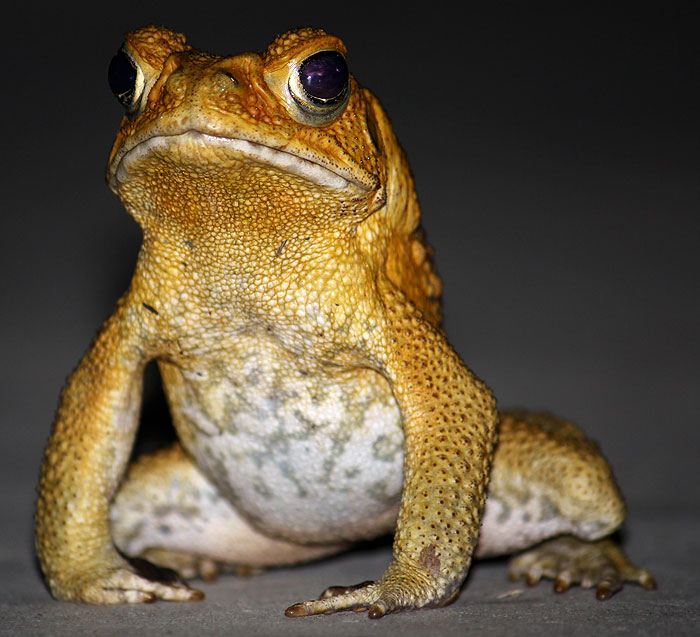Giant Praying Mantid
This beautiful and quite large Mantid blundered into our garden, and truly these are some of the coolest insects I know of, so I was mighty pleased she did.
Highly evolved with an impressive array of weaponry, they make fearsome hunters and will tackle prey quite a lot larger than themselves, including reptiles and frogs.
I suppose one of the more commonly known aspects of Mantis behaviour is the females, disquieting habit, of consuming the male during copulation ... gives a whole new meaning to the term 'dinner date'.
Still romance, or the lack-thereof, are just one small part of this insect's amazing behaviour. And the casual observer can be rewarded, with just a little patience, watching these Lions of the flower pots do their thing.
Anyway, enough of my prattling - here are some pics:
An exceptional insect and one I have always wanted to meet. To do so in my own yard is an uber thrill, and I hope we see many more!
Highly evolved with an impressive array of weaponry, they make fearsome hunters and will tackle prey quite a lot larger than themselves, including reptiles and frogs.
I suppose one of the more commonly known aspects of Mantis behaviour is the females, disquieting habit, of consuming the male during copulation ... gives a whole new meaning to the term 'dinner date'.
Still romance, or the lack-thereof, are just one small part of this insect's amazing behaviour. And the casual observer can be rewarded, with just a little patience, watching these Lions of the flower pots do their thing.
Anyway, enough of my prattling - here are some pics:
 |
Heirodula sp |
 |
Beautiful in my opinion |
 |
The last thing many small critters ever see |
 |
Close-up of the modified forelimbs, (raptorial legs) used for grasping prey |
An exceptional insect and one I have always wanted to meet. To do so in my own yard is an uber thrill, and I hope we see many more!
Mantids may have a visual range of up to 20 metres. Their compound eyes may comprise up to 10,000 ommatidia. The eyes are widely spaced and laterally situated, (affording a wide binocular field of vision) and, at close range, precise stereoscopic vision.
The dark spot on each eye is a pseudopupil. As their hunting relies heavily on vision, mantids are primarily diurnal. Many species, however, fly at night, and may be attracted to artificial lights. Nocturnal flight is especially important to males in search of less-mobile females that they locate by detecting their pheromones.
Flying at night exposes mantises to fewer bird predators than diurnal flight would. Many mantises also have an auditory thoracic organ that helps them to avoid bats.
The dark spot on each eye is a pseudopupil. As their hunting relies heavily on vision, mantids are primarily diurnal. Many species, however, fly at night, and may be attracted to artificial lights. Nocturnal flight is especially important to males in search of less-mobile females that they locate by detecting their pheromones.
Flying at night exposes mantises to fewer bird predators than diurnal flight would. Many mantises also have an auditory thoracic organ that helps them to avoid bats.






Comments
Post a Comment